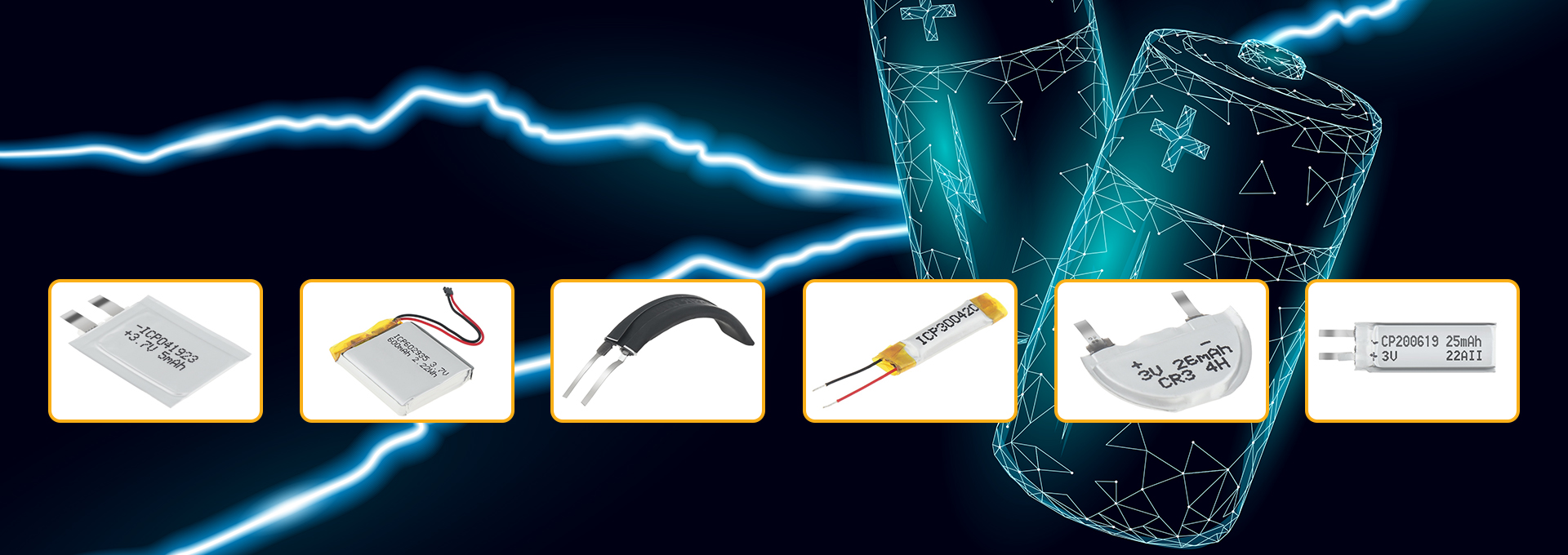Ultra-thin batteries are a new type of battery that is significantly thinner than traditional batteries. This type of battery has been developed in response to the increasing demand for miniaturization and portability of electronic devices. Special materials and processes are used in the design and manufacturing process, so that it can have a slimmer appearance while maintaining a certain power storage and supply capacity. The emergence of ultra-thin batteries provides an ideal power solution for many devices that have strict space requirements, such as smart cards, ultra-thin laptops, wearable devices, etc.
Advantages:
1.Lightweight and portable:
Ultra-thin lithium batteries can be very thin, which makes them have great advantages in electronic devices with high space and weight requirements, such as smart watches, smart bracelets, thin and light laptops, ultra-thin mobile phones, etc. These devices can have longer battery life while maintaining portability.
For some special application scenarios with limited space, such as medical devices, smart cards, etc., ultra-thin lithium batteries can meet their strict requirements on battery size, providing greater flexibility for the design and use of equipment.
2.High energy density:
Compared with traditional battery types, ultra-thin lithium batteries have higher energy density and can store more power in a smaller volume. This means that it can provide longer use time for devices and reduce the trouble of frequent charging for users.
High energy density also makes ultra-thin lithium batteries used in some devices with high energy requirements, such as electric vehicles, drones, etc. Although the ultra-thin lithium batteries used in these devices may not be the thinnest in thickness, they still have the advantage of high energy density.
3.Good safety performance:
The structure usually adopts aluminum-plastic soft packaging, which has better safety than traditional metal shell batteries. In the case of external impact, extrusion or puncture, soft-package batteries are not prone to explosion, reducing safety risks.
The internal structure design and material selection of ultra-thin lithium batteries have also been continuously optimized, so that their safety during normal use has been improved, such as better overcharge protection, over-discharge protection and short-circuit protection.
4.High discharge platform and rate: Ultra-thin lithium batteries have a higher discharge platform and rate, and can output a larger current in a short time, meeting the needs of some devices with higher power requirements, such as power tools, electric toys, etc. At the same time, the high rate discharge performance also makes ultra-thin lithium batteries have better application prospects in fast charging technology.
5.Low self-discharge rate: The self-discharge rate of ultra-thin lithium batteries is relatively low, which means that the battery power loss is small when it is not used for a long time. For example, some smart watches using ultra-thin lithium batteries can still maintain a high power after being placed for a period of time, which is convenient for users to use at any time.
6.Wide temperature range: Generally, it can work normally in a wide temperature range, such as maintaining good performance in an environment of - 40℃~75℃. This makes it possible to use ultra-thin lithium batteries in some extreme environmental conditions, such as in cold northern regions or hot desert areas.
7.Strong customizability: Due to the continuous advancement of production technology, ultra-thin lithium batteries can be customized according to customer needs, including battery shape, size, capacity, etc., to meet the personalized needs of different devices.
Disadvantages:
1.Rapid energy decay: After multiple charge and discharge cycles, the capacity of ultra-thin lithium batteries will gradually decay, resulting in a decrease in battery life. Although the cycle life of ultra-thin lithium batteries is constantly improving with the continuous advancement of technology, there is still a certain gap compared with some other types of batteries.
2.High cost: The production process of ultra-thin lithium batteries is relatively complex, requiring the use of high-quality materials and advanced manufacturing equipment, which makes its manufacturing cost high. Therefore, the price of electronic devices using ultra-thin lithium batteries will also be relatively high, limiting its application in some cost-sensitive markets.
3.Low mechanical strength: Due to its thin thickness, ultra-thin lithium batteries have relatively low mechanical strength and are easily damaged by external forces. During use, if they are accidentally collided, squeezed or bent, the internal structure of the battery may be damaged, affecting the performance and safety of the battery.
Limited charging speed: Although ultra-thin lithium batteries have made some progress in fast charging technology, the charging speed is still limited due to the limitations of their internal structure and materials. Compared with some new energy storage devices such as supercapacitors, ultra-thin lithium batteries may charge slower and require users to spend a longer time to charge.
4.Difficulty in recycling: Ultra-thin lithium batteries contain some harmful substances, such as lithium and cobalt. If they are not properly recycled and handled, they may cause environmental pollution. At the same time, due to the structure and material characteristics of ultra-thin lithium batteries, their recycling and processing are relatively difficult and require professional equipment and technology to handle.

